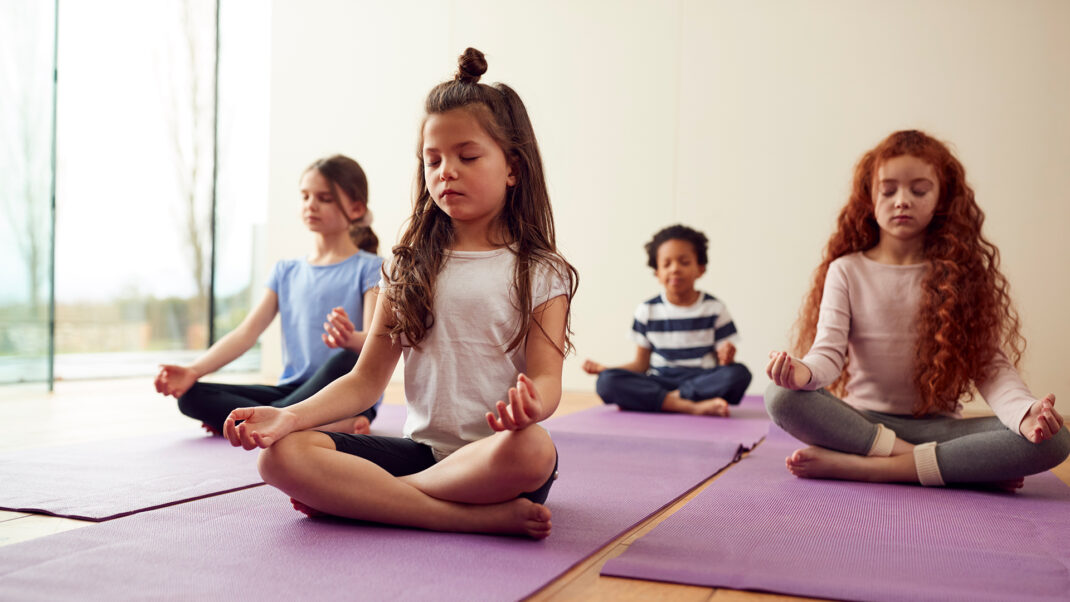Strength Training Benefits Kids, Says Study
It has been recognized that resistance training can be an important component of adolescent fitness. But does age play a role in muscular adaptation? According to a study published in Pediatrics (2010; 126 [5], e1199–e1210), the answer is “yes.” Researchers from the German Sport University Cologne combed through 42 previously published studies of more than 1,700 children and teenagers. The subjects in the studies had been assigned to perform strength training using free weights or machines. They exercised anywhere from 1 to 5 times per week for approximately 40 minutes per session. The exercises they performed included biceps curls, squats and bench presses. According to the data, all subjects experienced strength gains. However, age played a role in improvements, with the older kids outperforming the younger kids. Not surprisingly, those who participated in several longer-duration sessions per week experienced greater gains.
“The results of our analysis indicate that the ability to gain muscular strength seems to increase with age and maturational status, but there is no noticeable boost during puberty,” stated the study authors. “Furthermore, study duration and the number of performed sets were found to have a positive impact on the outcome.”
Phil Arney, owner of Team Arney Inc. in Orange County, California, agrees with the findings. He urges that “any strength training for children needs to be delivered by a certified teacher or coach. . . . My preference is to add some resistance training into a workout that involves a whole range of other games and activities. I’m not a fan of dedicated strength workouts for kids under 10; the younger the child, the more fun and game-like the workout needs to be.” Arney warns that professionals must maintain keen awareness of the level of resistance placed on a child’s growing muscles. “Overtraining by lifting weights that are too heavy for the muscle group should be avoided.” Arney also co-owns Youth Fitness Solutions, which offers “a range of equipment called KidzPower that is hydraulic, so this means the children can’t overwork as the machine adapts to whatever strength they have.”
To learn more about working with kids, read “Fun and Function for Youth” in the March 2010 issue of IDEA Fitness Journal.
Ryan Halvorson
Ryan Halvorson is an award-winning writer and editor, and IDEA's director of event programming.






